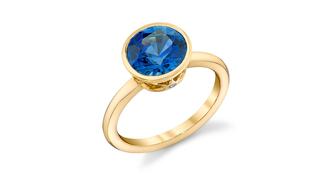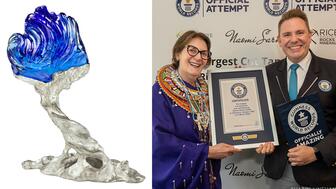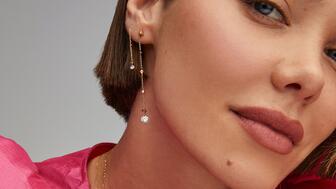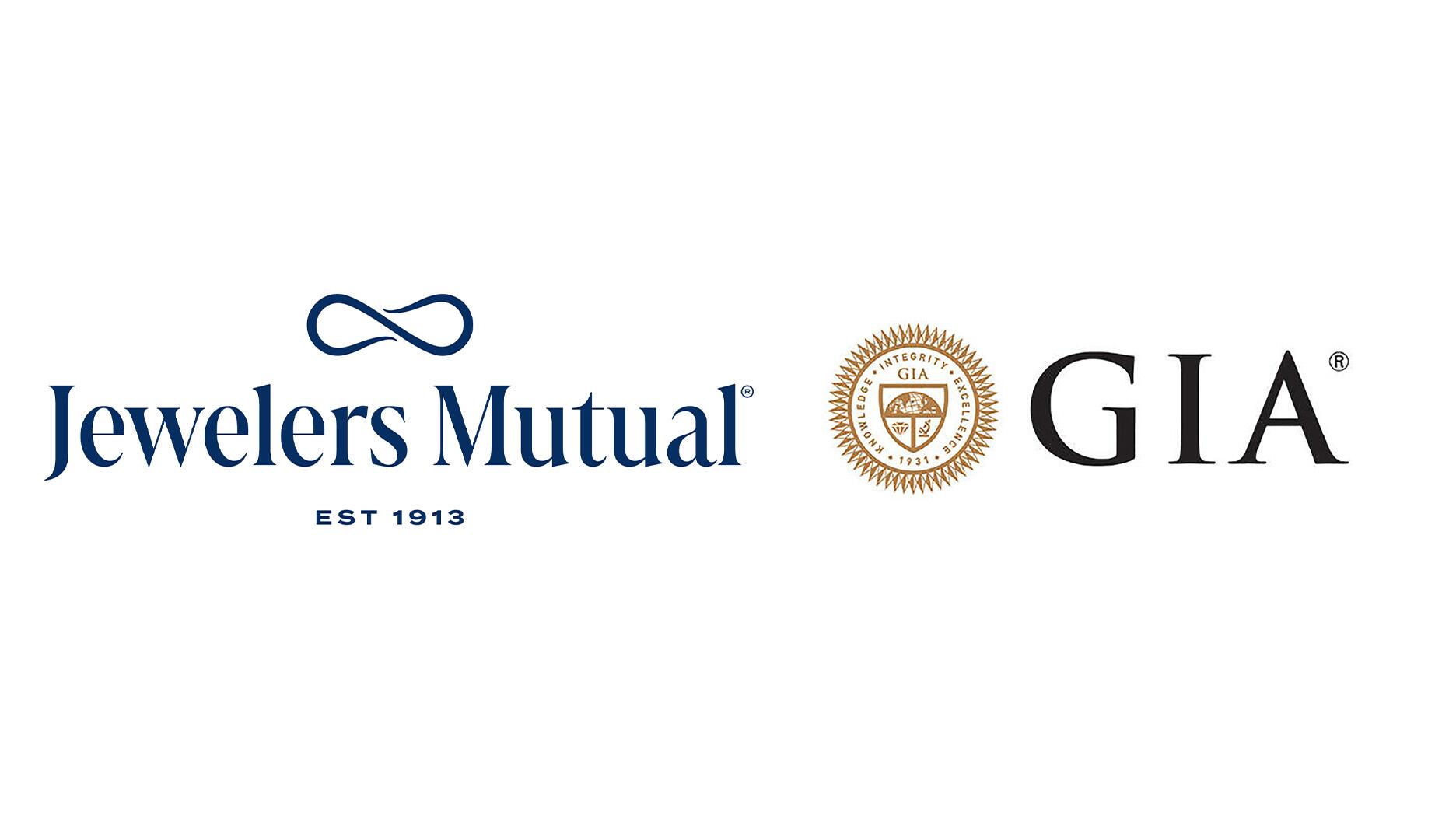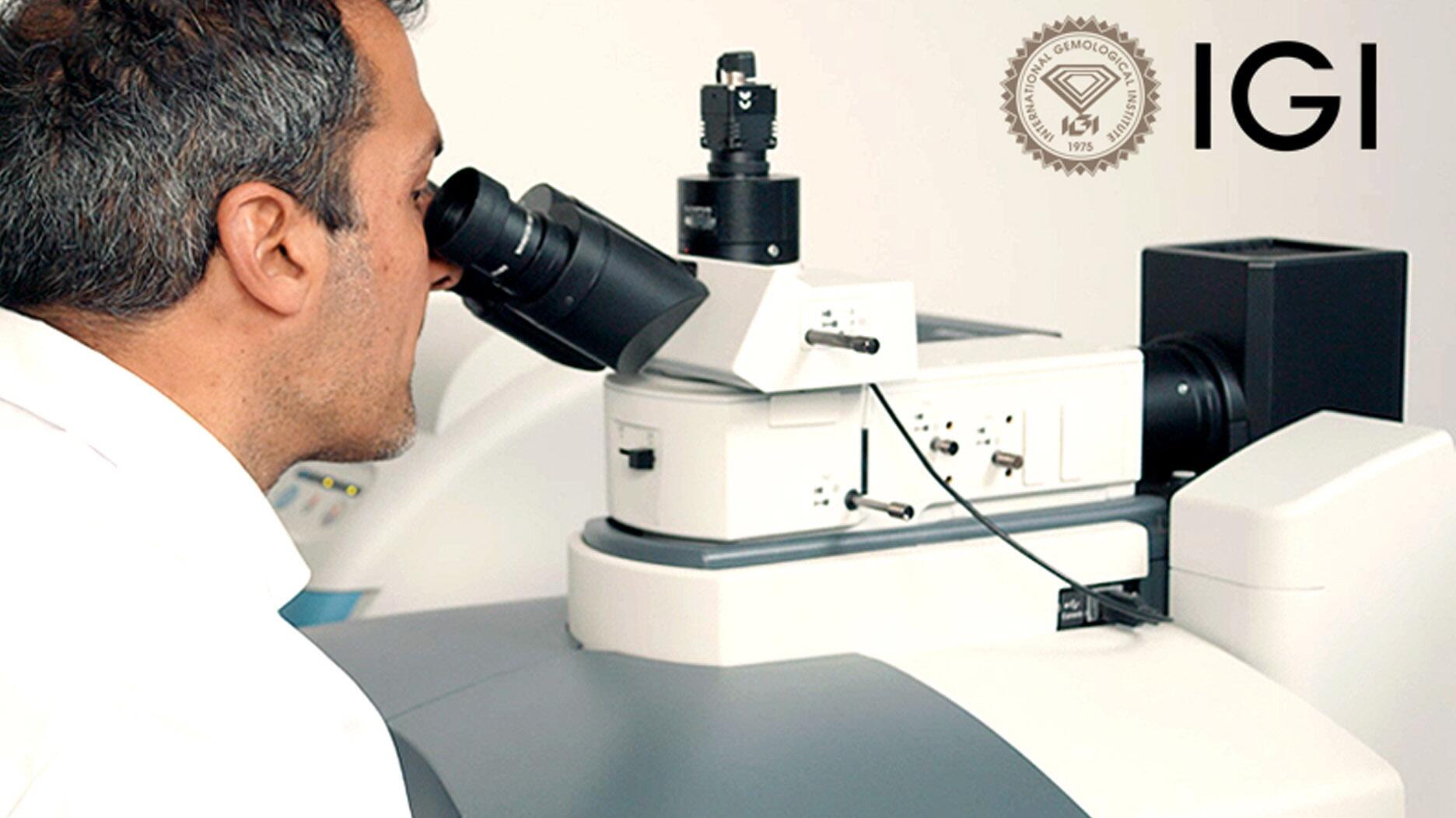NDC filed a complaint against Skydiamond for use of phrases like “diamonds made entirely from the sky.”
GIA Now Issuing Country of Origin Reports for Diamonds
The reports, which also include the full four Cs, were introduced earlier this year.

Carlsbad, Calif.—The Gemological Institute of America is now offering grading reports for polished diamonds that confirm the stone’s country of origin.
In order to receive a Diamond Origin Report, companies have to first submit the rough to GIA in sealed packets with Kimberley Process and other documentation. The lab, which has decades of scientific research into the formation and characteristics of natural diamonds on file, will then examine the rough and record data about it.
When the resulting polished diamond comes in for grading, GIA said it will use physical measurements and other scientific data to compare the two stones. If they match, then a Diamond Origin Report is issued.
The new reports list the country where the diamond came from as well as the full four Cs. The diamond also is inscribed with the report number.
Additional information about the country from which the diamond came and diamond formation will be available via GIA’s online Report Check service, accessible at GIA.edu or through the QR code printed on each report.
The Diamond Origin Report was introduced at the end of April after GIA consulted with mining companies, manufacturers and retailers regarding their traceability needs, and conducted consumer research, which it said showed that 69 percent of U.S. bridal customers prefer a diamond with an origin story.
It is the latest major industry player to address diamond traceability this year.
In January, Tiffany & Co. rolled out its “Diamond Source Initiative,” in which it is telling consumers the country of origin for most diamonds 0.18 carats or larger, and, in April, De Beers relaxed its rules around sightholders attaching a De Beers name to their goods.
GIA said manufacturers, retailers and miners—including Alrosa—are participating in its Diamond Origin Report program, and that it has already has recorded data for thousands of rough diamonds ranging from 0.15 to more than 100 carats.
“In recent years, here has been a growing demand for transparency and traceability in the diamond industry,” President and CEO Susan Jacques said. “Consumers want to know the origin of products and their socio-economic and environmental impact.”
The GIA Diamond Origin Report is slightly more expensive than the regular Diamond Grading Report. For example, an origin report for diamonds that are 1 to 1.19 carats is $138, while a standard report for stones of the same size costs $110.
The prices for all GIA’s natural diamond grading reports can be seen on GIA.edu.
The
GIA is exhibiting at JCK Las Vegas, Booth #18019 at the Sands Convention Center. For more information on its activities and services at the jewelry trade show, visit the lab’s website.
The Latest
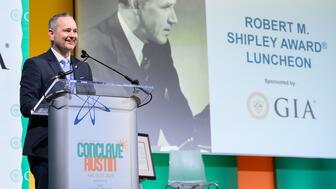
John Carter received the AGS’s highest honor Tuesday afternoon at Conclave in Austin, Texas.

LVMH said the company performed well despite an uncertain geopolitical and economic environment.

With Ho Brothers, you can unlock your brand's true potential and offer customers the personalized jewelry experiences they desire.

B&D Sales and Service held a ribbon-cutting event for its new location in Cranston, Rhode Island.


It’s ultra-feminine and filled with gold, pearls, and soft pastels.

Emily Highet Morgan and Emily Bennett have joined the agency’s team.

For over 30 years, JA has advocated for the industry, fought against harmful legislation and backed measures that help jewelry businesses.
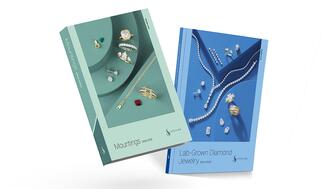
Its updated book for mountings is also now available.

She has been with the organization since 2010, most recently serving as its chief officer of PR and industry relations.

Joyce’s Jewelry sued the bank after cybercriminals drained its accounts of nearly $1.6 million through a series of wire transfers.

He is remembered by loved ones for his loyalty, integrity, and kindness.

Hosted by Freeman’s | Hindman, the sale will take place May 7-8.
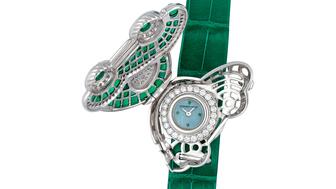
The auction house said all 24 timepieces offered in its underground sale of rare and avant-garde watches quickly found buyers.

From lab-grown diamonds and AI to the inevitable Taylor Swift mention, here are some of Conclave’s most intriguing educational offerings.

From cybersecurity liability to trade show coverage, insurance experts share tips on how to build the right policy.
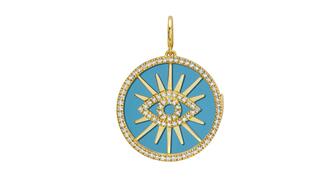
The charm is a modern rendition of the evil eye amulet that has been worn for thousands of years.

Ahead of its trade show next month, TJS awarded free registration and accommodations to one jewelry professional and three students.

By the end of this year, SRK’s diamond manufacturing complexes will achieve net zero emissions, one of an impressive array of achievements.
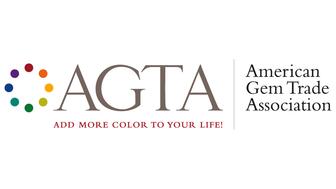
Members can still sell lab-grown stones, it said, but only natural gems are allowed on the show floor.

He is remembered for his charisma, passion, integrity, kindness, and wit.
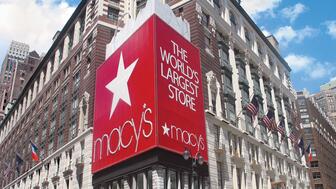
The retailer also appointed two new board members, avoiding a proxy fight from a potential buyer.

The bridal collection consists of 35 engagement rings and seven wedding bands.
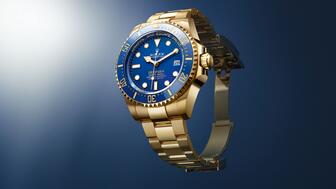
The crown introduced a dozen timepieces in Geneva, including a heavy metal version of its deep-sea divers’ watch.
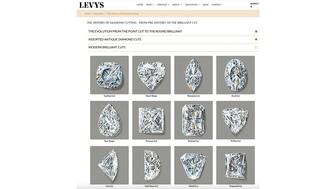
The family-owned jeweler has a new education section on its website dedicated to the history of diamond cutting.

The limited-edition men’s rings can be customized with one of 12 team logos.

There is a willingness to comply with new government-mandated regulations, with an insistence that they should be practical and realistic.

